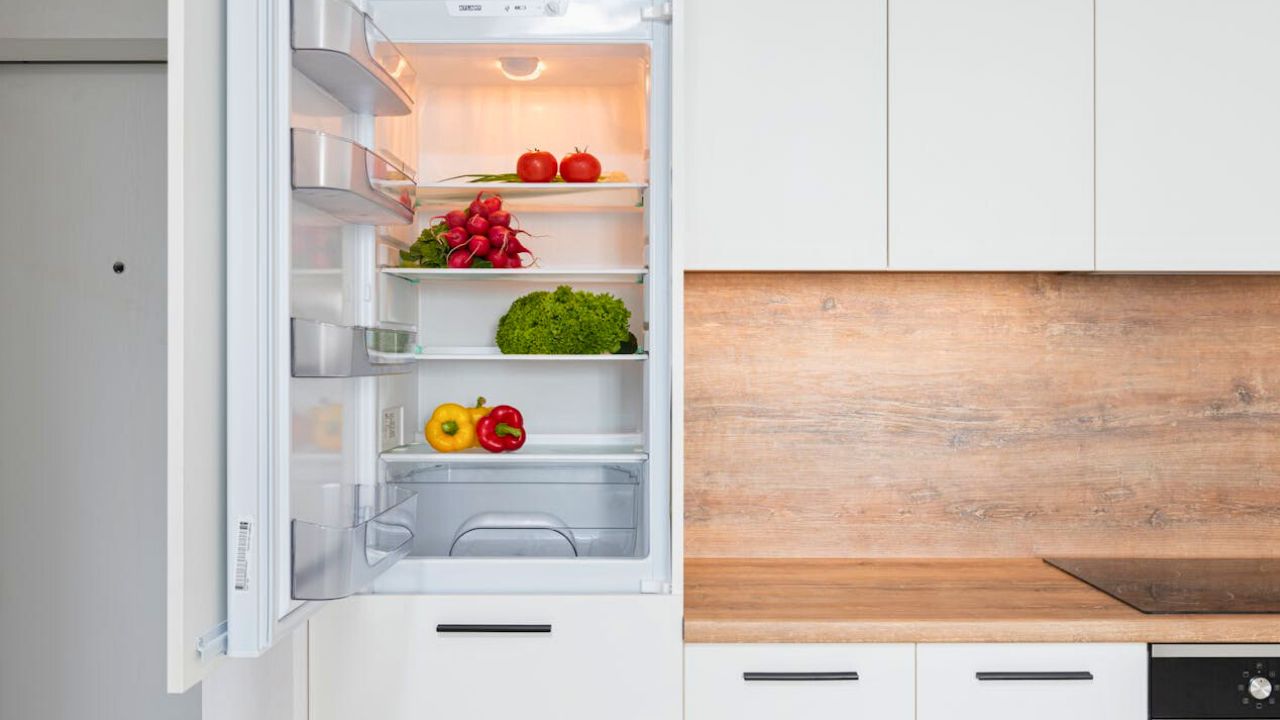Freezer habits that save soup season from freezer burn
Freezing is the thrifty cook’s superpower—until you pull out a frosty mystery tub that tastes like the inside of an ice cube. A few small habits keep soups and stews tasting like the day you made them. Think: good containers, smart cooling, and labels that tell the truth.
Cool fast, then freeze flat

Soup needs to cool quickly to protect texture. Split big pots into shallow pans or rest the pot in an ice bath and stir until steam calms.
Ladle into zip bags or flat containers and lay them flat to freeze. Flat packs stack like books, thaw faster, and expose less surface area to air—your best defense against freezer burn.
Leave headspace and push out air
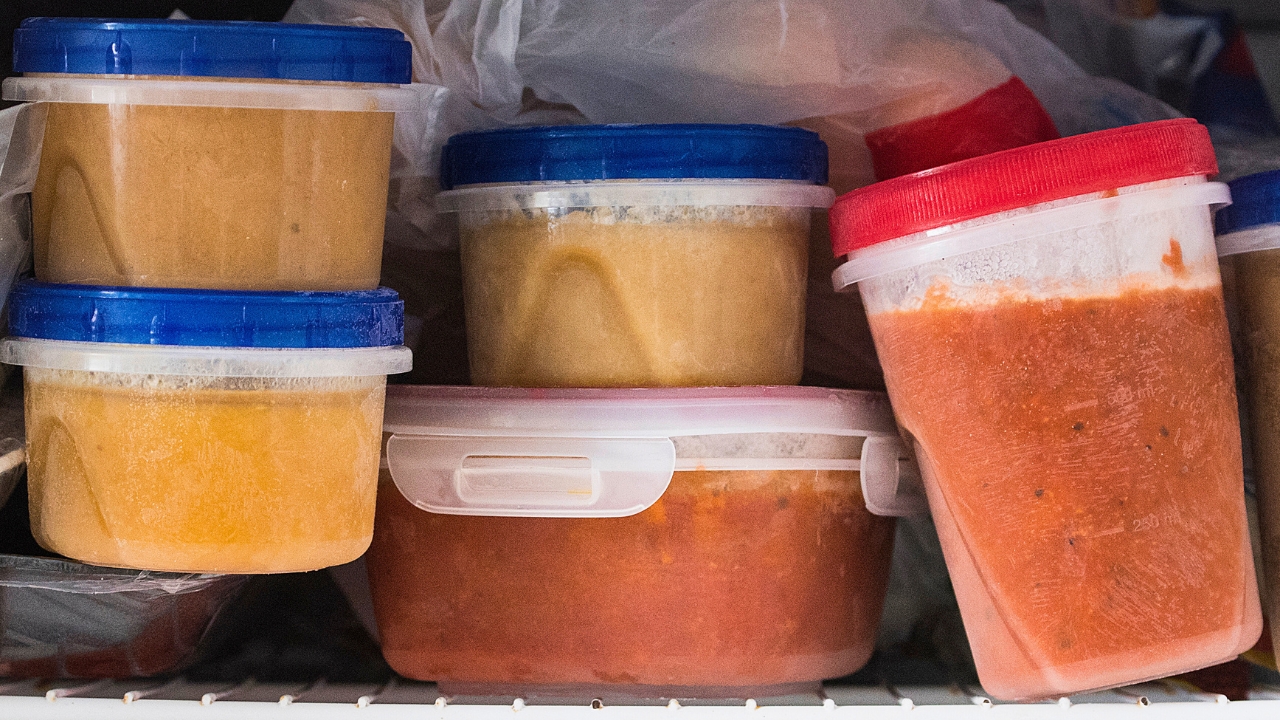
Liquids expand as they freeze. If you’re using rigid containers, leave a half inch of headspace so lids don’t pop. If you’re using bags, press out as much air as possible before sealing.
Consider a straw or water-displacement trick for bags: seal most of the way, press the bag into a bowl of water to push air out, then close. Less air means better flavor later.
Portion with future-you in mind
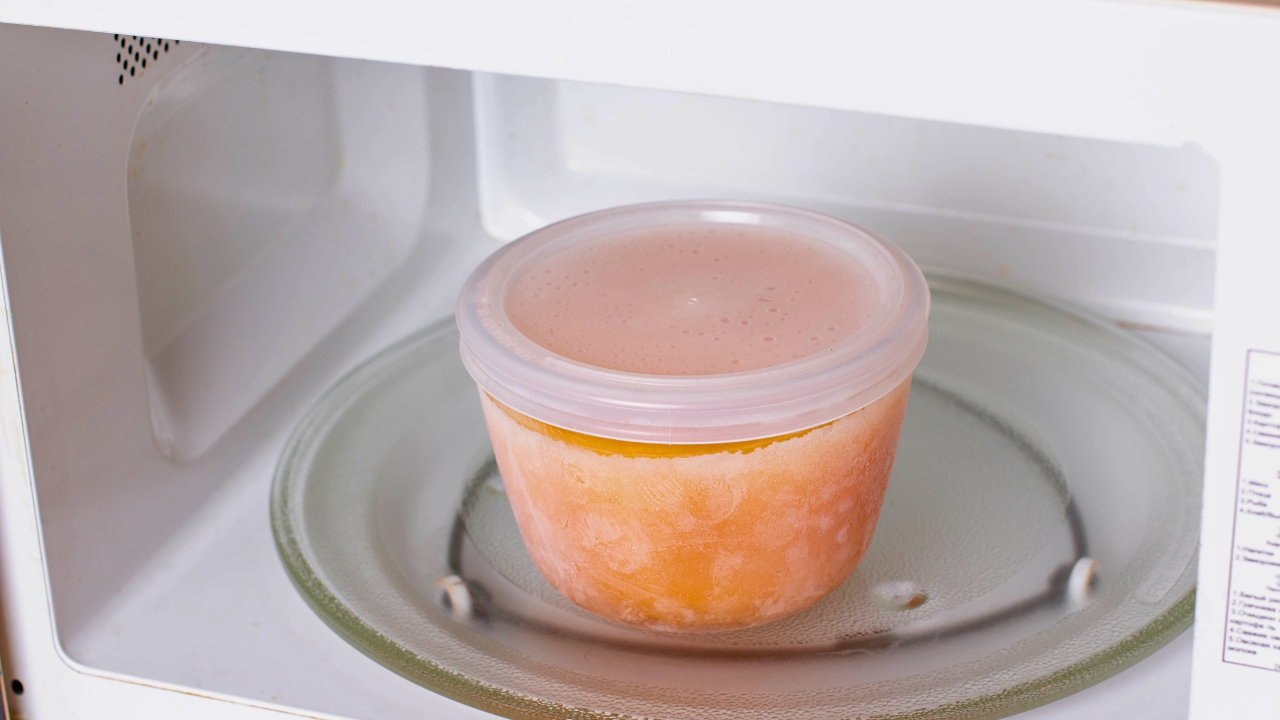
Freeze a couple of single servings for lunches and a few family-sized packs for busy nights. You’ll waste less than thawing a gallon when you only need two bowls.
Label portions clearly—“2 cups chicken chili” or “4 bowls minestrone.” When the size is obvious, you’ll actually grab the right one.
Add dairy and pasta after thawing
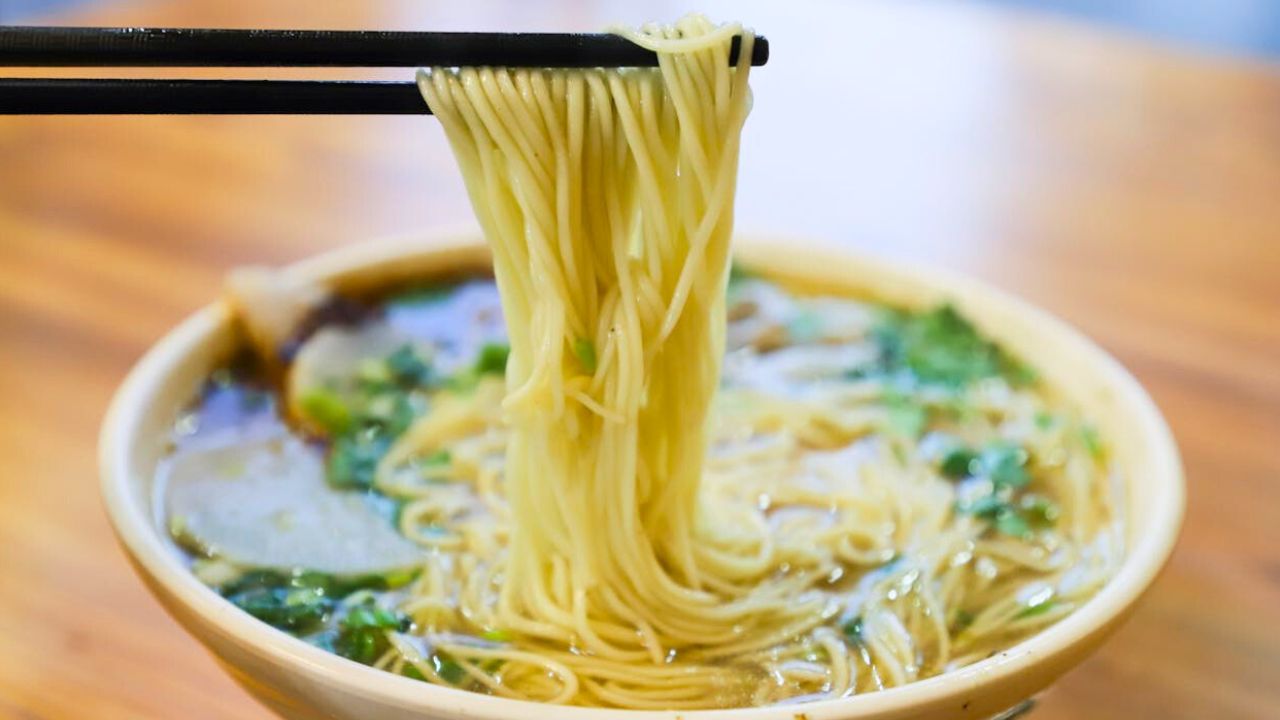
Milk, cream, and noodles tend to turn grainy or mushy in the freezer. Cook your soup without them, freeze, then add cream or a fresh boil of pasta when you reheat.
If your recipe relies on a dairy finish, freeze the base and keep a note on the label: “add ½ cup cream at reheat.” Simple, and the texture stays lovely.
Use the right containers for the job
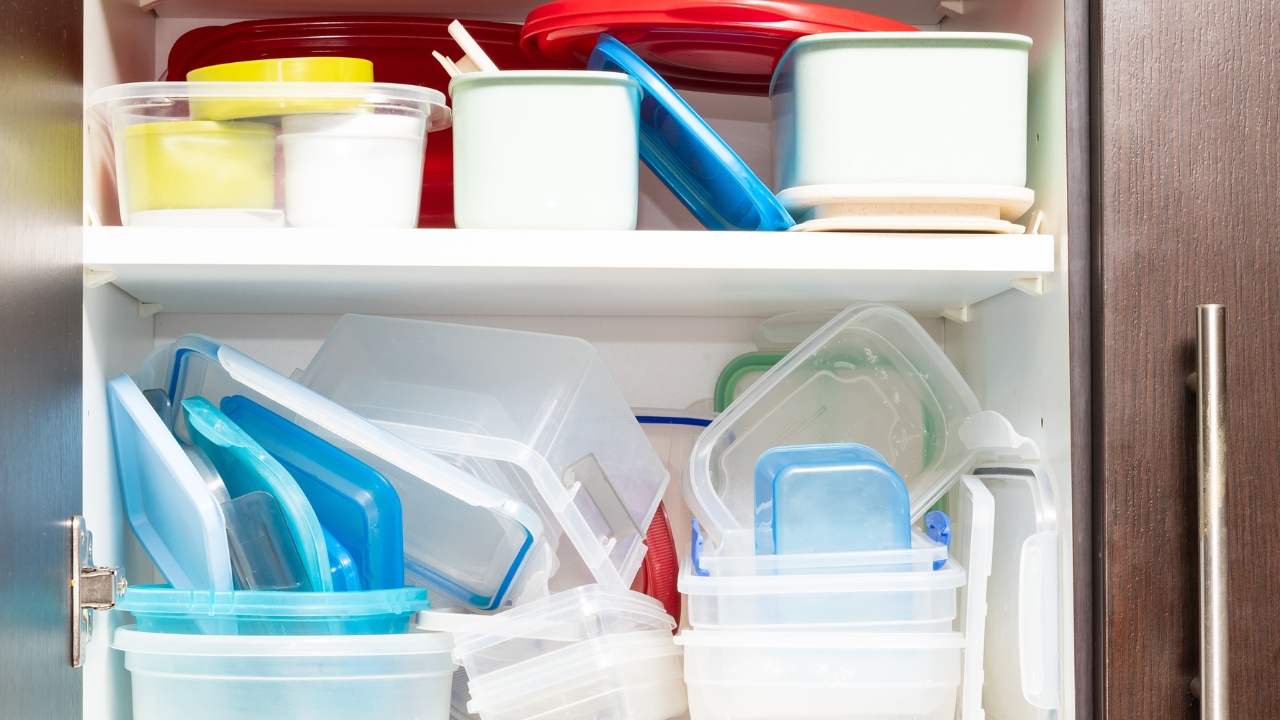
Rigid, freezer-safe containers protect delicate soups with lots of veg, while bags are great for chilis and smooth purees. Silicone freezer trays make perfect 1-cup cubes for gravy or broth.
Keep like with like so you can stack cleanly. A tidy freezer is faster to scan, and fast scanning is how you actually use what you saved.
Date, name, and a “use by” window
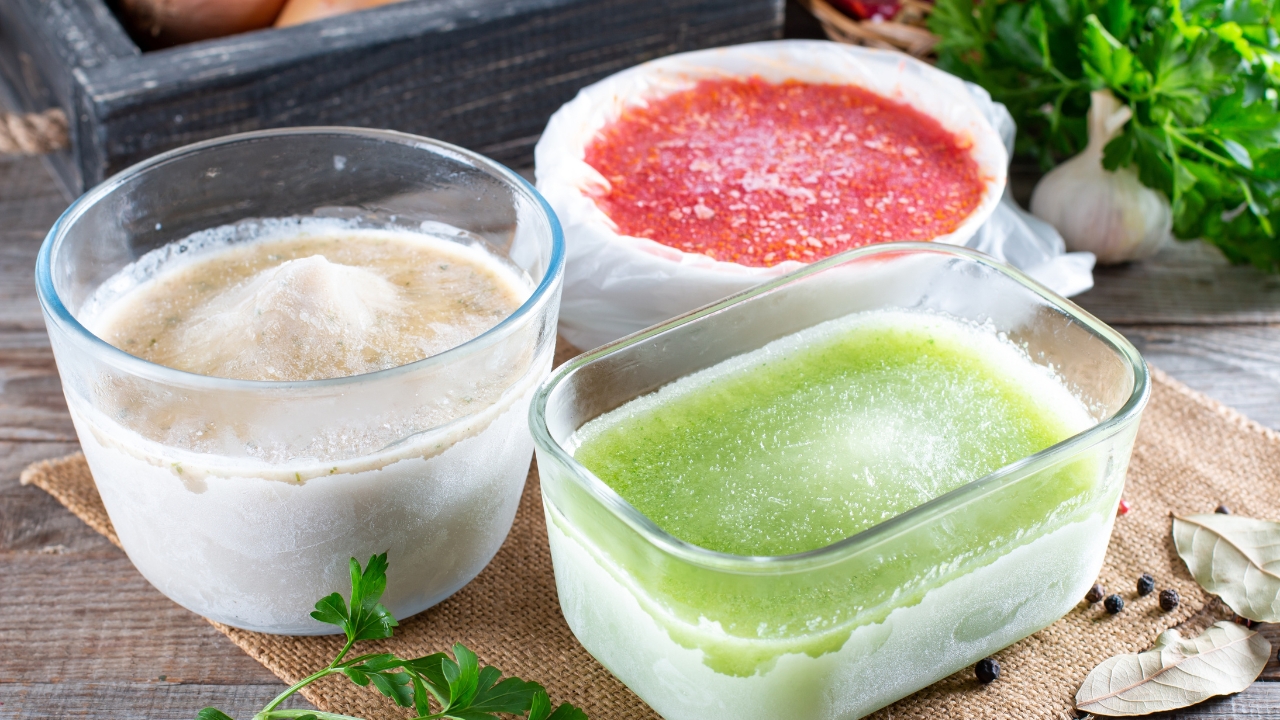
Write the full words, not guesses—“butternut soup, 10/15, use by 1/15.” Three months is a safe window for best flavor on most soups, longer for chili and stews.
Put the newest packs behind the older ones so you reach for the right date automatically. If you can’t see the label, you won’t remember what it is.
Reheat gently and finish fresh
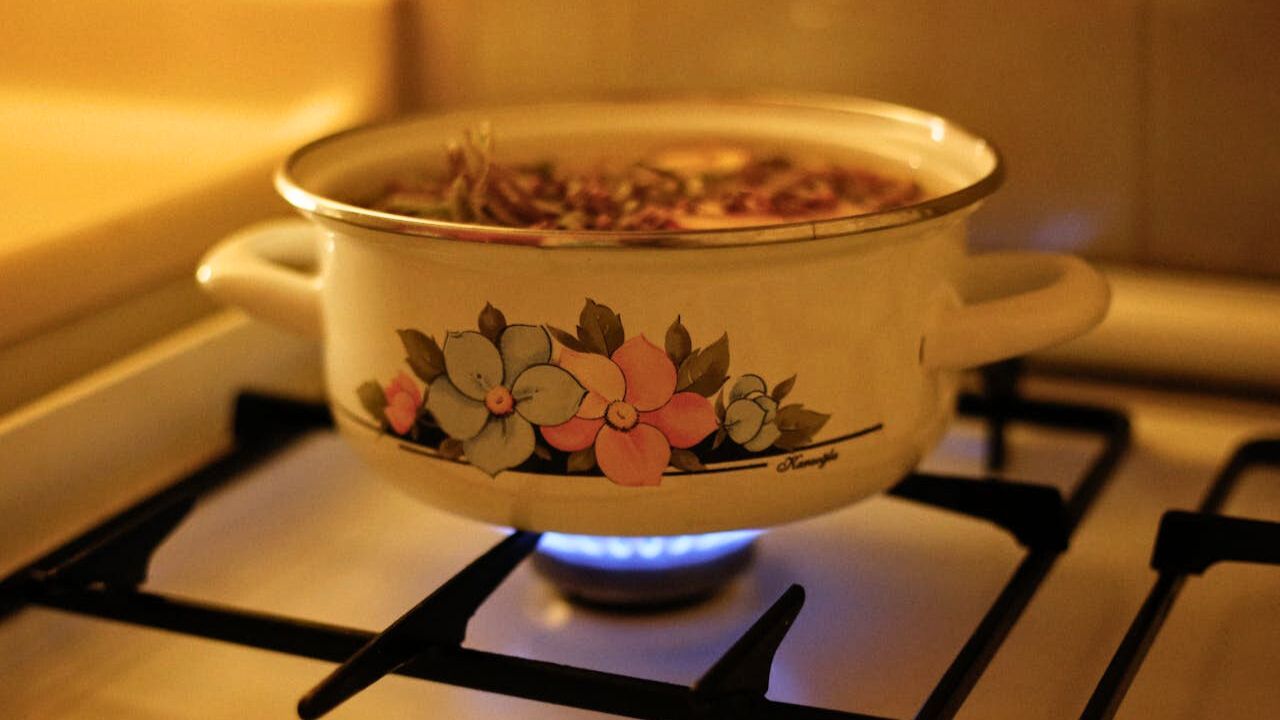
Thaw overnight in the fridge when you can, or slip the frozen block into a pot with a splash of water and a lid. Low and slow protects texture, especially with veg.
Finish with something bright—lemon, parsley, vinegar, or a drizzle of olive oil. That last-minute lift disguises any freezer time and makes the bowl taste freshly made.
Keep a door list you’ll actually check

Tape a simple list to the freezer door: what’s inside and how many. Cross off as you use things and add when you freeze.
On grocery day, glance at the list before you shop. When you plan meals around what’s already frozen, soup season feels abundant, not cluttered.
Like Fix It Homestead’s content? Be sure to follow us.
Here’s more from us:
10 things that make your house feel less welcoming without saying a word
10 Upgrades That Make Your House Look Fancier Than Your Neighbor’s
*This article was developed with AI-powered tools and has been carefully reviewed by our editors.

